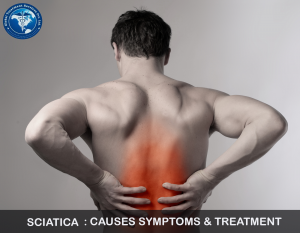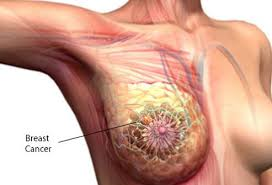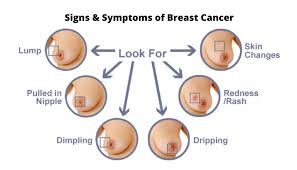DEFINITION
The sciatic nerve is the largest nerve in the human body and sciatic is pain which occurs due to irritation of the sciatic nerve
The pain which might feel like a bad leg cramp or can be a shooting pain that makes standing or sitting nearly impossible,is typically felt from the lower back to behind the thigh and radiates down below the knee
CAUSES
- Herniated or slipped disc:this will cause pressure on the nerve and as a result pain occurs along path of the nerve
- Piriformis syndrome:which occurs when the small piriformis muscle,which lies deep in the buttocks,becomes tight and spasms,thus putting pressure on and irritating sciatic nerve
- Spinal stenosis: this results from narrowing of the spinal canal which puts pressure on the nerve
- Spondylolisthesis: that occurs when one vertebrae slips,so that it is out of line with one above it,narrowing the opening through which sciatic nerve exist
RISK FACTORS
- Changes in the spine due to advancing age,such as herniated disks and bone spurs
- being obese which stresses the spine
- sitting for prolonged period
- leading a sedentary life style
- diabetes
- jobs which require to carry heavy loads,drive for long periods,repeatedly twist your back
SYMPTOMS
- Lower back pain
- pain in the rear or leg which worse when sitting
- hip pain
- burning or tingling in the leg
- weakness
- numbness
- difficulty in moving the leg or foot
- shooting pain making difficulty in stand up
COMPLICATIONS
- Permanent nerve damage
- loss of feeling in the affected leg
- weakness of leg
- loss of bowel or bladder control
INVESTIGATIONS
- X ray
- CT
- MRI
TREATMENT
- Medications
- physical therapy:your Doctor may recommend to perform a few back exercises and streches
Exercise:in Sciatica exercises usually the focus on stregthening and streching the spinal column and muscles and tendons
- Surgery:Micro discectomy is a common surgical approach used to treat sciatica that is caused by a lumbar disc herniation.in this surgery,a small part of the disc material under the nerve root is taken out.while technically an open surgery,a microdiscectomy uses minimal invasive techniques and can be done with relatively small incision and minimal damage
For getting opinion from our network of hospitals visit mvtbooking.com or sent a email to query@gtsmeditour.com





